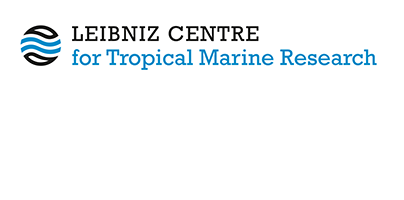The Subsiding Macrotidal Barrier Estuarine System of the Eastern Amazon Coast, Northern Brazil.
Souza-Filho, Pedro W. M., Lessa, Guilherme C., Cohen, Marcelo C. L., Costa, Francisco R. and Lara, Ruben J. (2008) The Subsiding Macrotidal Barrier Estuarine System of the Eastern Amazon Coast, Northern Brazil. In: Geology and Geomorphology of Holocene Coastal Barriers of Brazil. , ed. by Dillenburg, Sérgio R. and Hesp, Patrick A.. Lecture Notes in Earth Sciences, 107 . Springer-Verlag, Berlin, pp. 347-375. ISBN 978-3-540-25008-1 DOI https://doi.org/10.1007/978-3-540-44771-9_11.
|
Text
Lara.PDF - Published Version Restricted to Registered users only Download (7MB) |
Abstract
11.1 Introduction
The northern Brazilian coast is 1,200 km long and encompasses two geomorphologic world records: the largest mangrove system (Souza Filho 2005) and the gorge of the largest river in length, water and sediment discharge, the Amazon. Dominguez (Chap. 2, this volume) classifies the northern Brazilian coast in two sectors: i) the tide-muddy dominated coast of Amapá-Guianas in the west, and ii) the tide-dominated mangrove coast of Pará-Maranhão in the east (Fig. 11.1). The tide-dominated eastern sector is 480 km long with 7,600 km2 of continuous mangrove forests (Souza Filho 2005), almost twice as large as the Sunderbands in India-Bangladesh (Kjerfve et al. 2002). The coastline is extremely irregular and jagged, harboring 23 estuaries and 30 catchment areas that drain an area of 330 mil km2 (Martins et al. 2007). The Quaternary coastal history of this region has been controlled by the structural-sedimentary evolution of Pará-Maranhão, Bragança-Viseu and São Luís Equatorial coastal basins (Souza Filho 2000). The geological control coupled with Quaternary sea-level changes, large fluvial sediment supply and the reworking of relict sediments on the continental shelf have controlled the Amazon coastal evolution. The purpose of this chapter is to provide an overall characterization of the coastal geomorphology of the tide-dominated mangrove coast of the northeastern Pará State, on the Amazon mangrove coast (Fig. 11.1), with special attention to the barrier-estuarine system of Caeté (Fig. 11.2), that will be used as a proxy for the morpho-sedimentary evolution of this coastal sector.
| Document Type: | Book chapter |
|---|---|
| Programme Area: | PA Not Applicable |
| Research affiliation: | |
| DOI: | https://doi.org/10.1007/978-3-540-44771-9_11 |
| ISSN: | 0930-0317 |
| Date Deposited: | 13 Oct 2025 10:53 |
| Last Modified: | 19 Nov 2025 14:12 |
| URI: | https://cris.leibniz-zmt.de/id/eprint/5757 |
Actions (login required)
 |
View Item |





 Tools
Tools Tools
Tools